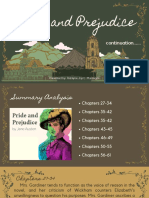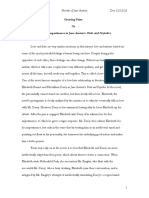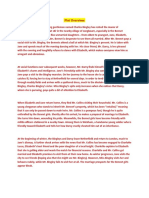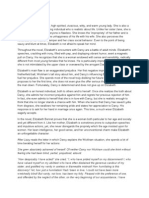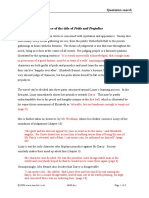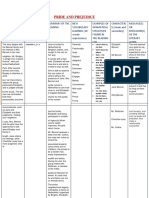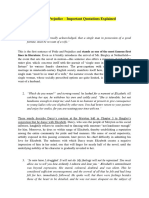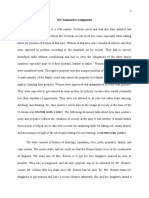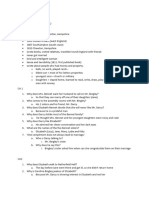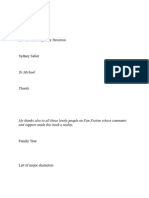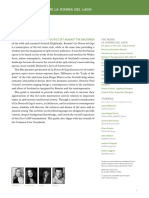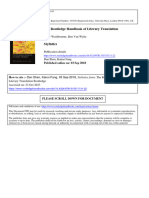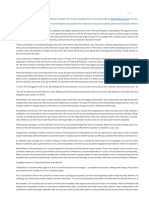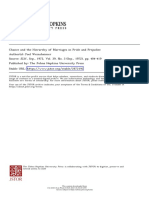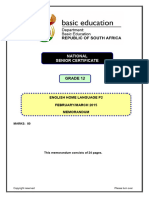0% found this document useful (0 votes)
40 views9 pagesEng Docs
Chapters 16-18 of 'Pride and Prejudice' depict Elizabeth Bennet's growing prejudice against Mr. Darcy, fueled by George Wickham's deceptive narrative about Darcy's character. The chapters also highlight the social dynamics at the Netherfield Ball, where Elizabeth's family embarrasses her, and her complex interactions with Darcy hint at an evolving relationship. Overall, these chapters emphasize themes of social class, reputation, and the dangers of misjudgment.
Uploaded by
badkiaan123Copyright
© © All Rights Reserved
We take content rights seriously. If you suspect this is your content, claim it here.
Available Formats
Download as PDF, TXT or read online on Scribd
0% found this document useful (0 votes)
40 views9 pagesEng Docs
Chapters 16-18 of 'Pride and Prejudice' depict Elizabeth Bennet's growing prejudice against Mr. Darcy, fueled by George Wickham's deceptive narrative about Darcy's character. The chapters also highlight the social dynamics at the Netherfield Ball, where Elizabeth's family embarrasses her, and her complex interactions with Darcy hint at an evolving relationship. Overall, these chapters emphasize themes of social class, reputation, and the dangers of misjudgment.
Uploaded by
badkiaan123Copyright
© © All Rights Reserved
We take content rights seriously. If you suspect this is your content, claim it here.
Available Formats
Download as PDF, TXT or read online on Scribd
/ 9


